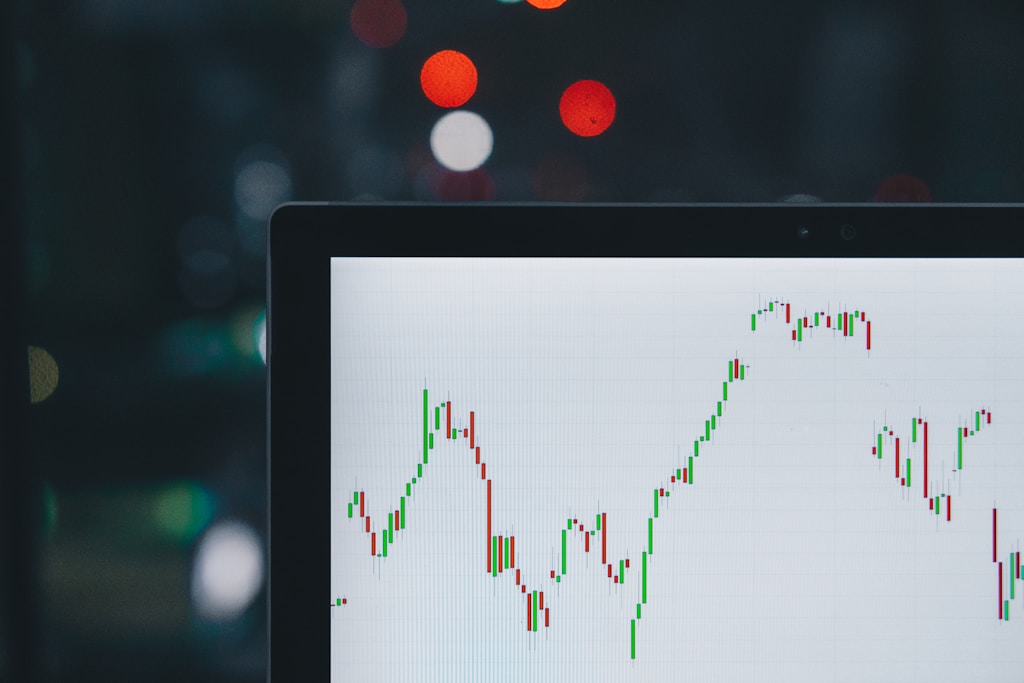Bitcoin plunged to $82,277 today as former President Donald Trump’s sweeping new tariff policy sent shockwaves through global financial markets. The sharp decline mirrors broader market turmoil as investors grapple with the implications of what could be the largest tariff implementation in U.S. history.
Trump’s Tariff Bombshell: The Catalyst Behind the Crypto Crash
Speaking at the “Make America Wealthy Again” event, Trump unveiled plans to impose reciprocal tariffs on 185 countries, triggering an immediate sell-off across both traditional and crypto markets. The announcement’s impact was particularly severe, erasing $2 trillion in S&P 500 market cap within just 15 minutes.
Understanding the Reciprocal Tariff Structure
The policy introduces a complex tariff system where the U.S. would impose duties at half the rate other countries currently charge on American goods. For instance:
- China: 34% U.S. tariff (half of China’s alleged 67% rate)
- European Union: 20% proposed tariff
- Baseline 10% tariff for other nations
Implementation Timeline and Market Impact
Key dates for investors to watch:
- April 5th: 10% baseline tariff implementation
- April 9th: Higher reciprocal tariffs roll out
Bitcoin’s Technical Outlook
Bitcoin’s price action shows:
- Current price: $83,569
- Intraday low: $82,277
- Key support level: $80,000
- Resistance zone: $85,000-$86,000
Expert Analysis and Market Projections
According to The Kobeissi Letter analysts, the U.S. faces potential:
- 150 basis point reduction in GDP growth
- Record trade deficit in coming days
- Continued market volatility
FAQ Section
How will Trump’s tariffs affect Bitcoin long-term?
While immediate market reaction has been negative, Bitcoin’s historical performance during periods of economic uncertainty suggests potential for recovery as investors seek alternative stores of value.
Which cryptocurrencies are most affected by the tariffs?
Large-cap cryptocurrencies with strong correlations to traditional markets, particularly Bitcoin and Ethereum, have shown the highest sensitivity to the tariff news.
When can we expect market stabilization?
Analysts suggest markets may begin stabilizing after April 9th, once the full scope of tariff implementation becomes clear and initial shock subsides.
